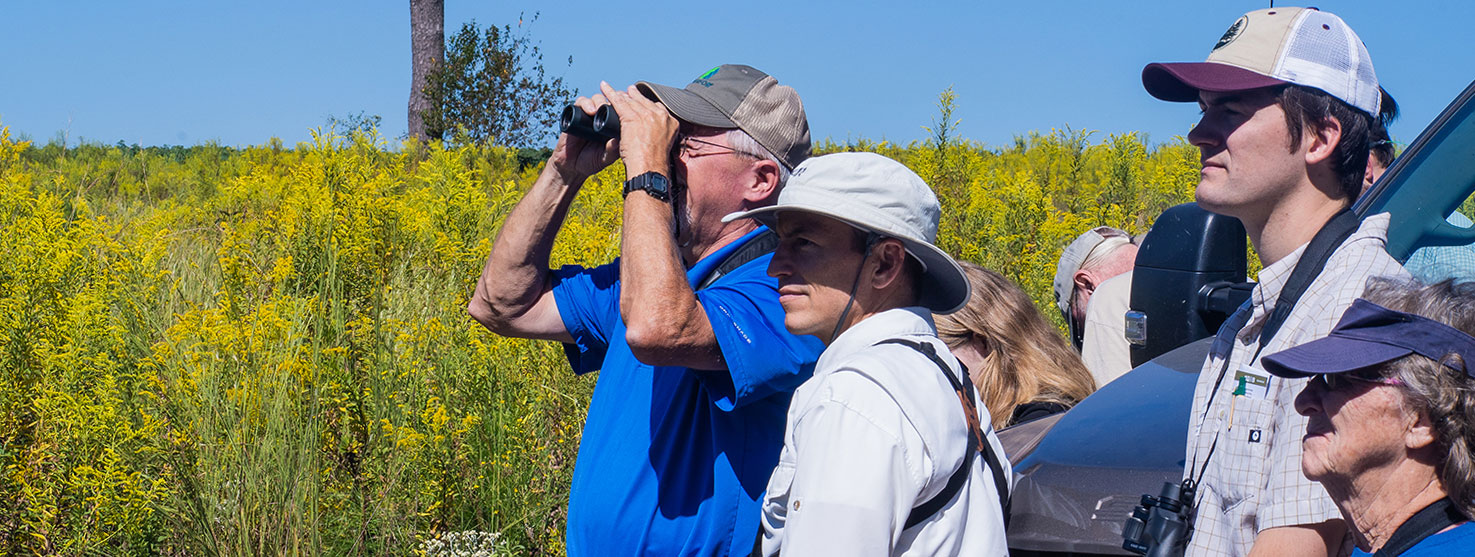TIR’s Winged Biodiversity™ Program
TIR has had a long-term focus on maintaining and enhancing the habitat of various birds, bats, and pollinators, which is aligned with our forest stewardship commitment and sustainability priorities.


By addressing the needs of various birds, bats, and pollinators we can better gauge the health of ecosystems and promote forest management practices that ensure their sustainability. Sustainable forest management not only benefits flying creatures it also yields broader environmental advantages such as improved water quality and enhanced carbon sequestration.
Our Winged Biodiversity Program builds off “Working Forests for Birding,” TIR’s earlier collaboration with Birds Georgia (formerly Georgia Audubon) and the Georgia Forestry Foundation. These “winged” species and pollinators often highlight a heightened conservation priority and their ability to flourish is indicative of healthier forests and wildlife habitat.

Program Components
The program has three components and is guided by a panel of experts selected from state wildlife departments, university researchers, and other conservation organizations:
1
The program will focus on determining the best management practices to promote Winged Biodiversity in forest management plans.
2
Lands TIR manages are being made more accessible to researchers of birds, bats, and pollinators to study the influence of winged species on forest-based ecosystems.
3
The program will explore opportunities to promote Winged Biodiversity conservation efforts with stakeholders such as recreation lessees and the birding community.
Learn more about TIR’s Sustainability efforts on our Environmental Sustainability and Land Stewardship page.

